

H6K5 Mavis

The Kawanishi Type 97 stemmed from a 9-shi specification issued in 1934 which called for a four-engine monoplane flying boat possessing exceptional range. Powered by four 840 h.p. radial engines and using contemporary French and American design techniques it was of all metal construction. The Prototype flew in July of 1936. Four prototypes were built and some design changes were made to each including upgrading to 1,000 h.p. engines. These eventually enter service as H6K1's after completing acceptance trials. A fifth plane was the production prototype and the first H6K2 of which ten were built. Two of these were modified to transports and two more were built from the ground up as transports under the designation H6K3 which was later changed to H6K2-L. The first major production version for the Japanese Navy was the H6K4. This version had two beam blisters staggered in the upper decking with one hand held 7.7 mm. gun each. Another 7.7 mm. was mounted in an open position in the bow and a forth could be mounted in an open dorsal position aft of the blisters. A hand held 20 mm. cannon was installed in a non-powered tail turret. The normal bomb load consisted of two 1,764-lb. bombs or 12 132-lb. bombs and two 1,764-lb. torpedoes could be mounted to the bracing struts as an alternative load.
Sixty-six H6K4's were in service at the beginning of the war and they were extremely active in the South-West Pacific both as a reconnaissance bomber and transport. Due to the lack of armor protection for the crew or engines and lacking self-sealing fuel tanks they were extremely vulnerable to fighter attacks forcing them to be gradually withdrawn from daylight operations as the war progressed. In an attempt to rectify some of the shortcomings of the aircraft the H6K5 version was placed into production in August of 1942. It was powered by engines rated at 1,300 h.p. for takeoff and 1,200 h.p. at 9,840 ft. No attempt was made to increase defensive armament although the open bow position was replaced by a turret housing a 7.7 mm. gun aft of the flight deck. Relatively few of the H6K5's had been completed when production was stopped in 1943 in favor of the H8K series and during the course of that year the majority of the H6K flying boats were withdrawn from front-line service and converted to transports. A total of 217 Type 97's of all types having been built.
The Kit
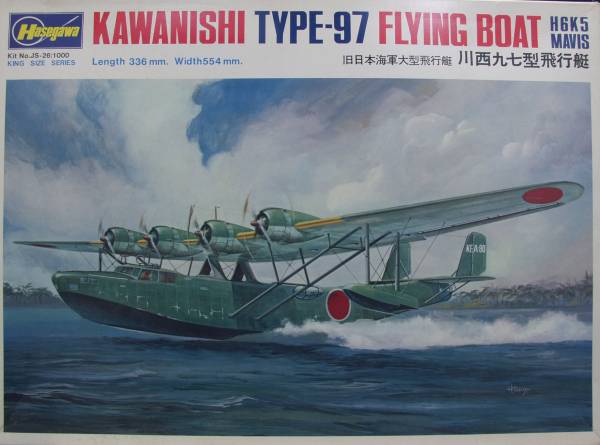
The Hasegawa kit comes in a large top opening two part box with the bottom made from corrugated material. It has attractive artwork of the plane either taking off or landing. Inside the box the parts are contained in four bags, one sprue per bag. The parts are molded in a dark green plastic. This is one of Hasegawa's older offerings and as such has raised detail in the form of rivets. There are also a few raised lines as well. While the rivets are very small they are still not to scale. The plastic surface finish is smooth and glossy. The fabric covered surfaces are a bit different in that it has the appearance of gauze. It looks a bit overdone for the scale to me.
The parts are relatively flash free and the smaller parts have a parting line that will need to be addressed. The fuselage was free of external defects as were the wing outer panels but the top and bottom of the wing center section had sink holes where the mounts for the wing outer panels and the pylon supports were molded on the inside of the halves. To some lessor extent the horizontal stabilizers were the same way. The wing defects are problematic in that they can only be fixed at the expense of losing surface detail. The defects in the horizontal stabilizers could almost pass for surface deformation commonly seen on stressed skin structures. The propellers had a rough surface to them that should be sanded smooth before painting. All of the control surfaces including the flaps are separate.
Interior detail is pretty minimal with a flight deck, seats, control panel and control columns and a couple of bulkheads. There are crew members supplied but not hardly worthy of the trouble to paint them up. There are a couple of large ejector pin stubs in the cockpit area that need to be removed but most of the others are where they won't be seen. The engines are two part with front and rear row cylinders with push rods molded in but little else. They also had the most flash on them of any parts in the kit. The kit comes with beaching gear for display purposes.
The clear parts are thicker than I'd like to see and not particularly clear either but may look better once coated with Future. By my count there are 119 parts in dark green and 27 clear parts for a total of 146 parts. There was also a complimentary tube of glue supplied. See photos below. Note a few of the parts had been removed from the sprues intentionally and a few had come off on there own.
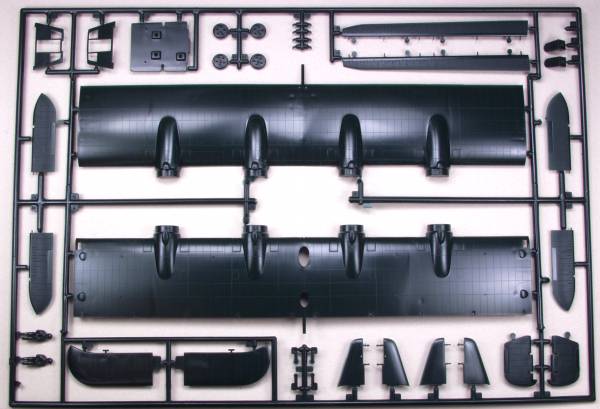
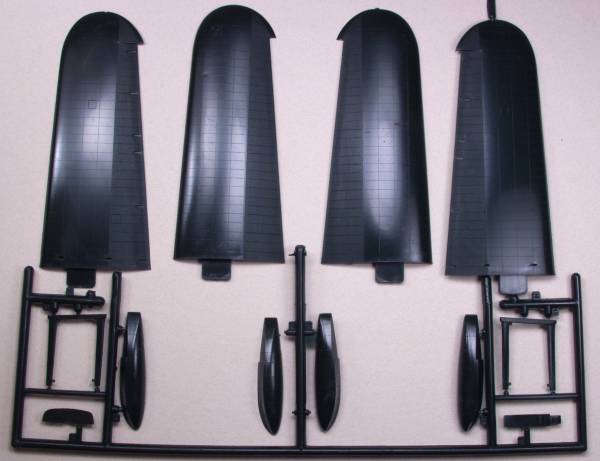

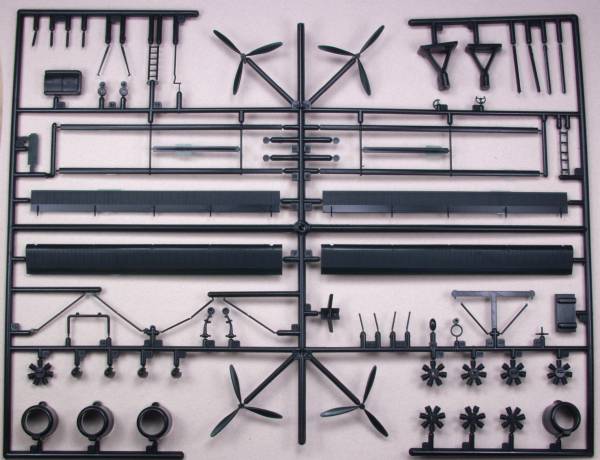
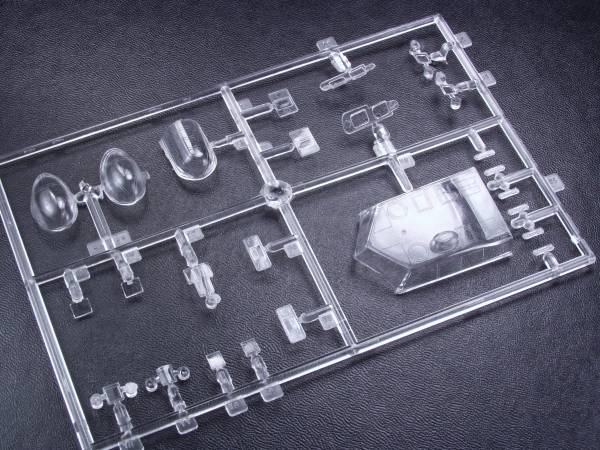
The decals were for one aircraft and other than the national markings and unit markings the only thing suppled are yellow for the wing leading edges and some white stripes. Due to the age of my kit, 30 years or more, my decals had yellowed. They appear thin but also a bit opaque. See below.
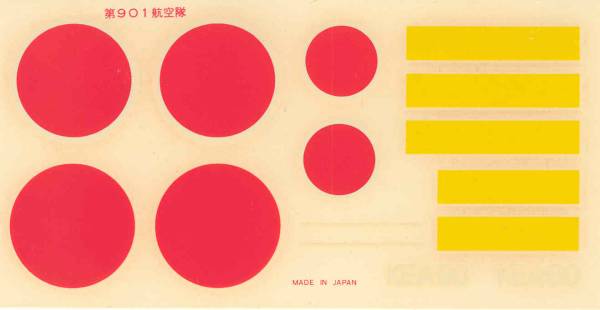
Conclusions
This kit has the potential to build up into a really nice model but don't expect the fit to be on par with newer Hasegawa kits. I would strongly recommend lightly sanding joining surfaces as most of them are rough looking. If the sink marks on the wings are to addressed one may as well sand away all the surface detail. The kit also has a bit of rigging to do and not all of it used on the prototype is covered in the instructions and doing it all of it could be a challenge. This is also a large model with a wing span just over 21" which makes both display and handling challenging. I would recommend this kit to experienced modelers only.
Links to kit build or reviews
An inbox review can be found here.
References
Warplanes of the Second World War, Volume 5, Flying Boats by William Green
Updated 5/10/08